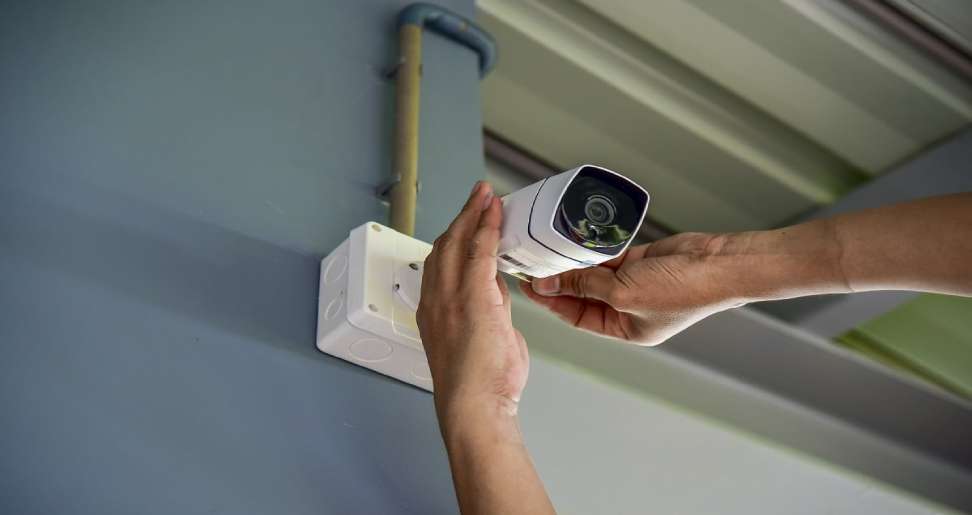In an age where security is paramount, outdoor security cameras have become indispensable tools for protecting homes and businesses alike. Whether you’re safeguarding your family or securing valuable assets, installing outdoor security cameras requires careful planning and execution to ensure optimal effectiveness. Here are expert tips to guide you through the process of outdoor security camera installation:
1. Strategic Placement is Key
The effectiveness of your outdoor security cameras heavily depends on where you place them. Start by identifying critical areas around your property that require surveillance, such as entry points, driveways, and blind spots. These locations are prime spots for installing cameras to capture any suspicious activity effectively.
2. Choose the Right Camera Type
Selecting the appropriate type of outdoor security camera is crucial for achieving your security goals. There are various options available, including wired cameras that provide continuous power and wireless cameras that offer flexibility in installation. Consider factors such as weather resistance, night vision capabilities, and resolution (HD or higher) to ensure clear footage under various conditions.
3. Ensure Proper Connectivity
For wireless outdoor security cameras, ensure reliable Wi-Fi connectivity throughout your property. Weak or unstable connections can lead to footage loss or interrupted monitoring. Position your Wi-Fi router strategically to maximize coverage, especially in areas where cameras will be installed.
4. Power Supply Considerations
Wired cameras require access to a power source, typically through electrical wiring. Plan the installation route carefully to avoid exposed wires that could be tampered with or damaged. Alternatively, consider battery-powered cameras for easier installation, although regular battery maintenance is necessary.
5. Height and Angle Adjustments
Install outdoor security cameras at an optimal height and angle to capture the best footage. Mount cameras at least 8 to 10 feet above the ground to prevent vandalism and ensure a wide field of view. Adjust the camera angle to focus on specific areas of interest while minimizing blind spots.
6. Weatherproofing and Durability
Outdoor security cameras are exposed to various weather conditions, from rain and snow to extreme heat. Choose cameras with an IP (Ingress Protection) rating suitable for your climate to ensure durability and reliability. Weatherproof housing and UV protection coatings can also extend the lifespan of your cameras.
7. Lighting Considerations
Consider ambient lighting conditions around your property when positioning outdoor security cameras. Cameras with infrared (IR) night vision are ideal for low-light or nighttime surveillance, providing clear footage without additional lighting. For areas with poor lighting, consider installing supplementary lighting to enhance camera visibility.
8. Secure Installation
Ensure outdoor security cameras are securely mounted to prevent tampering or theft. Use sturdy mounting brackets and hardware designed for outdoor use. Conceal wiring and cables where possible to deter intruders from disabling the cameras easily.
9. Testing and Calibration
After installation, thoroughly test each outdoor security camera to ensure it operates correctly. Adjust camera settings such as motion detection sensitivity and recording schedules to meet your specific security requirements. Regularly check camera functionality and perform maintenance to keep them in optimal condition.
10. Integrate with Security Systems
Integrate outdoor security cameras with your existing security system for comprehensive surveillance coverage. Many modern cameras offer connectivity with mobile apps, allowing remote monitoring and alerts for real-time security updates. Consider investing in a cloud storage plan for storing and accessing recorded footage securely.
Conclusion
Installing outdoor security cameras is a proactive measure to enhance the safety and security of your property. By following these expert tips for strategic placement, choosing the right camera type, ensuring proper connectivity, and maintaining robust installation practices, you can effectively secure your space against potential threats. Embrace the power of outdoor security camera installation to protect what matters most to you.
Implement these tips today and enjoy peace of mind knowing your property is safeguarded by reliable outdoor security cameras.
Also Read:-
- Gunbroker – Overview, Networth, Guide
- Arbiter Sports – Overview, Networth, Guide
- Bobs Furniture – Overview, Networth, Guide

